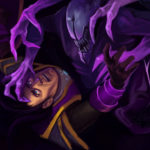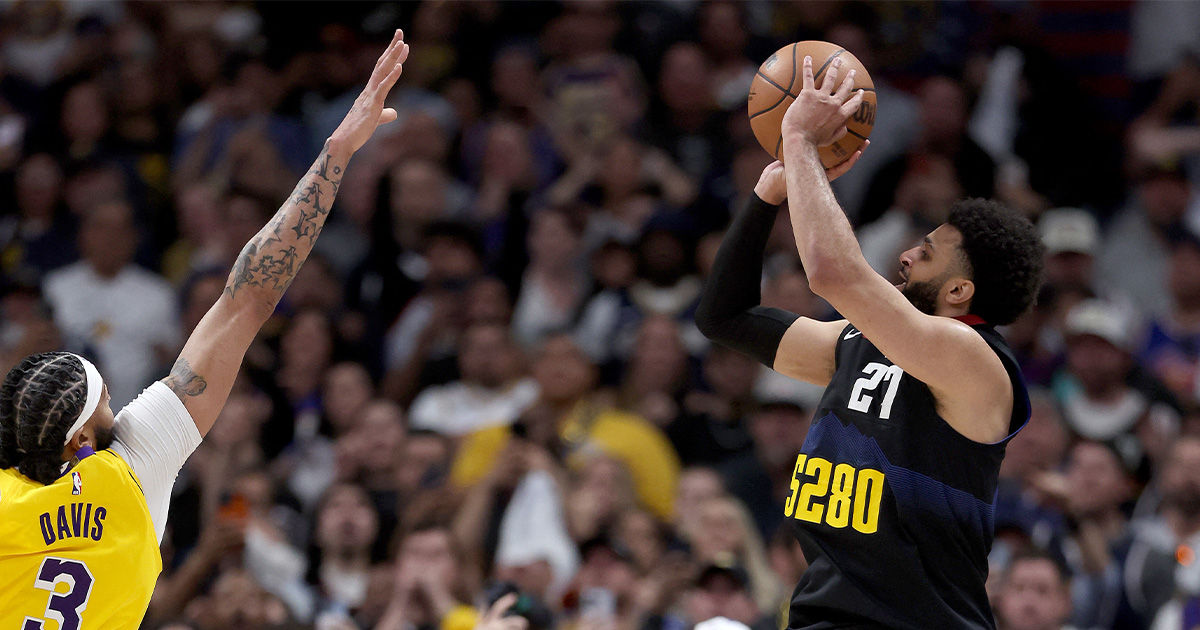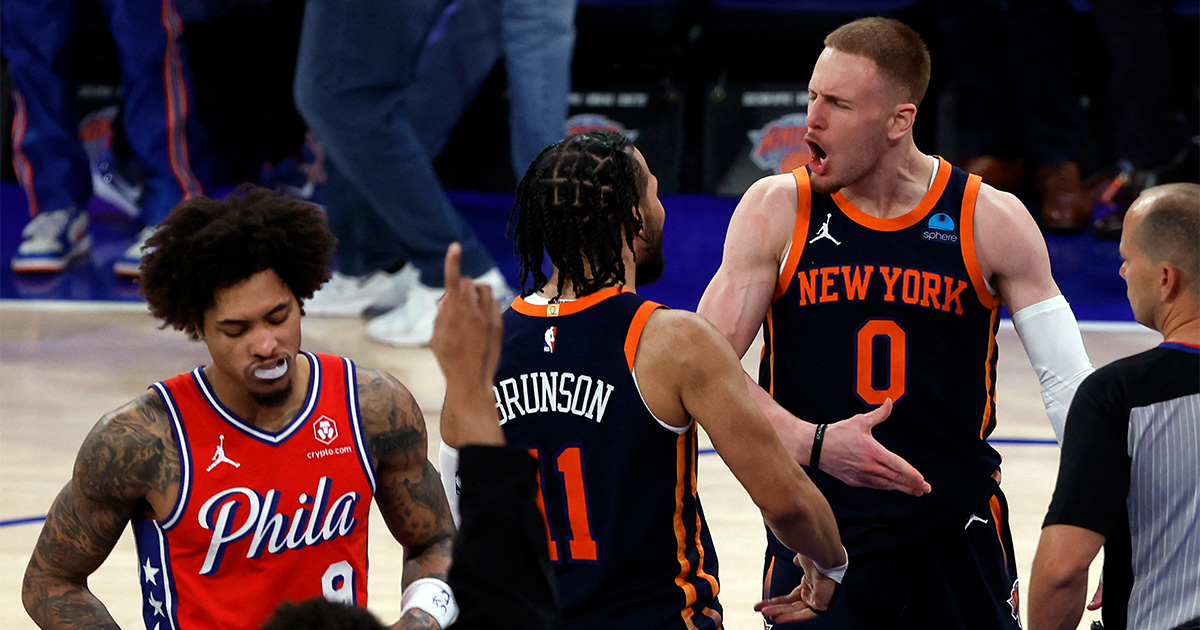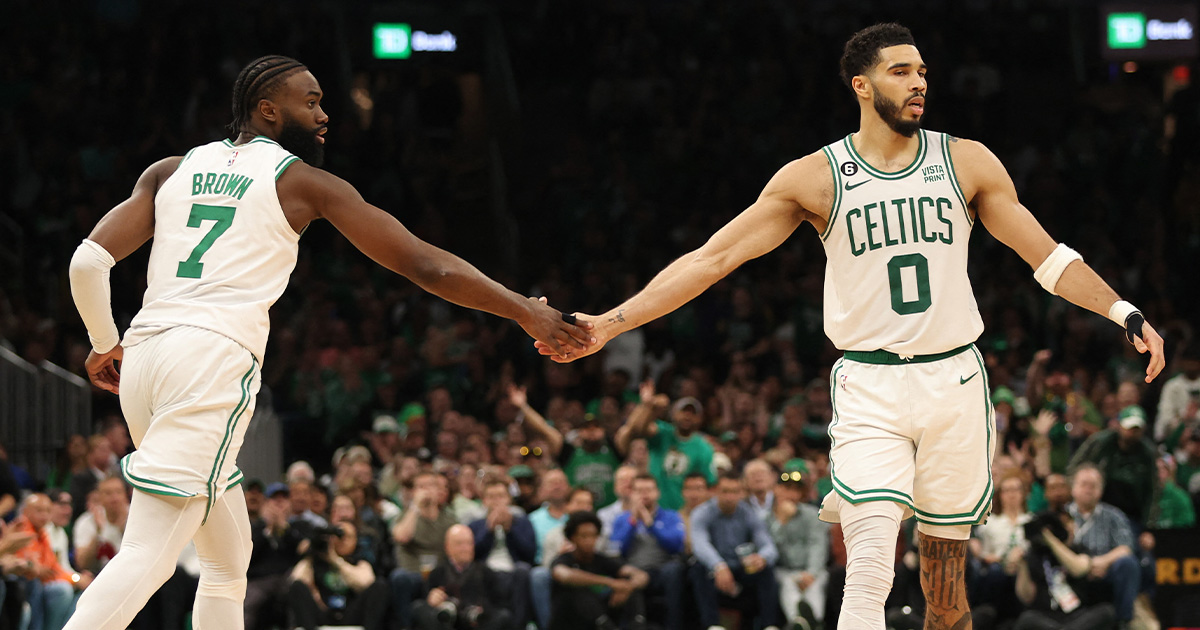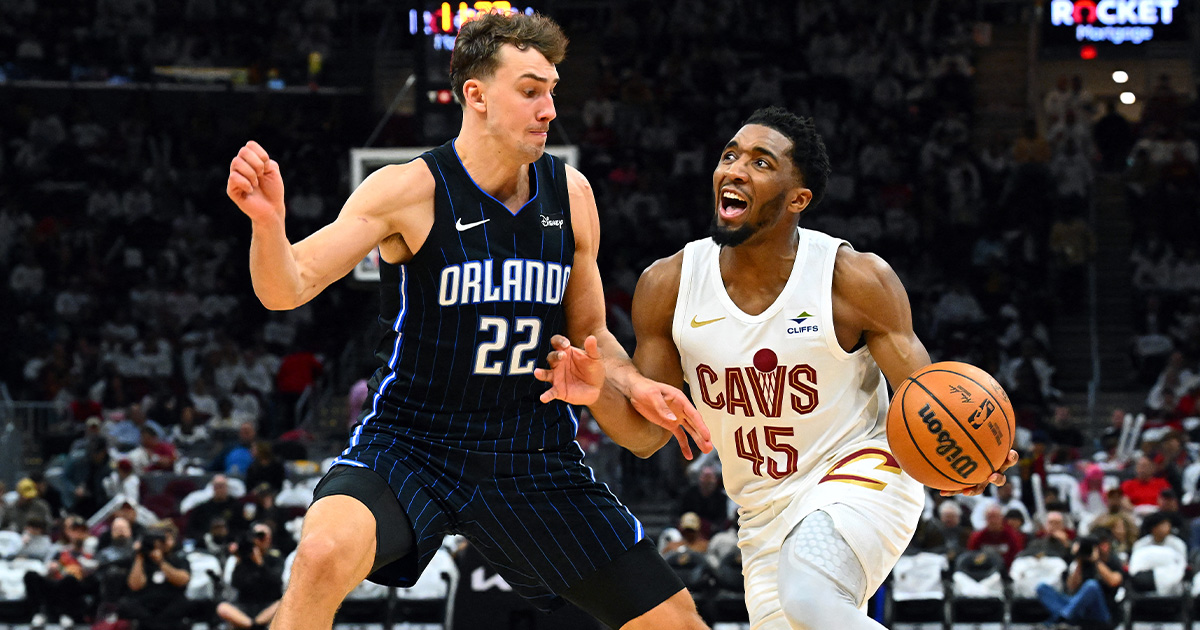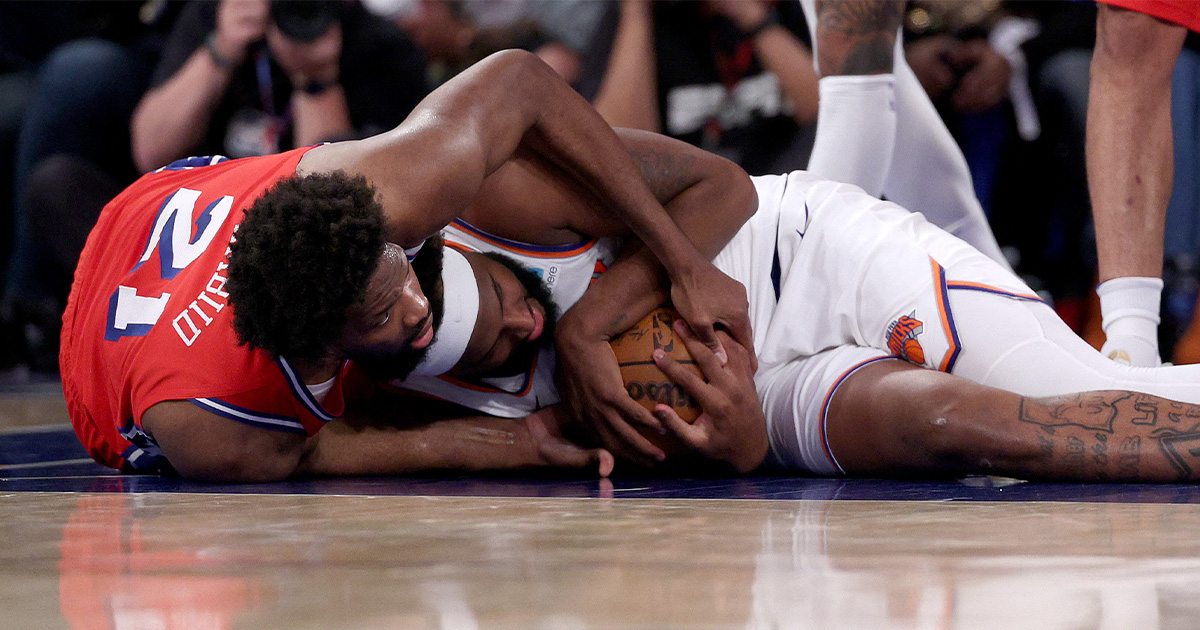The game DOTA 2 is not a stranger to many MOBA players. Hailing from the original Defense of the Ancients custom map from Warcraft 3, even non-gamers are familiar with the game that has given birth to one of the most productive gaming genres in history.
Even with rivals such as League of Legends, Heroes of Newerth, Mobile Legends, and other countless MOBA games out there, DOTA 2 still has a huge following that made history with the largest prize pools and other monetary achievements.
Since it has been 7 years since the Beta Phase of DOTA 2 ended, and several years more since the prime of DotA 1, let’s examine how DOTA 2 still stands tall against its competitors across the years.
The OG MOBA
IceFrog, the lead developer for the original DotA and DOTA 2, is largely responsible for the five-versus-five and asymmetrical tri-lane system that the game has made itself unique across the many custom maps from the days of Warcraft 3.
Battles and death matches featuring unique heroes in different custom maps are one of the classic styles that map creators in Warcraft 3 have made, and DotA is no different. What made it stand across the rest is the huge variety of heroes to pick, along with a organized system based on stat type (strength, agility, intelligence) and archetypes (nukers, disablers, and the like).
IceFrog also created an objective that actually gave a sizeable advantage with Roshan. The winning team gains more power upon obtaining Roshan’s Aegis of the Immortal, while the losing team that manages to steal it actually evens out the playing field with a second wind.
All of these combined make up the multiplayer online battle arena (MOBA) genre, a gaming genre that started to form during the birth of League of Legends to match DotA in a potentially new eSports venture. Before its conception, however, DotA was the only one of its kind which made the name as a pseudo-genre of sorts to represent the game design.
Everything that IceFrog made has been replicated in DotA’s competitors with unique twists and variations: League of Legends has a different classification for damage types, two neutral objectives, and a completely symmetrical map (save for the river objectives). Mobile MOBAs are made to host shorter game times and faster action, dedicated to the casual mobile gamers than the avid PC gamers.
A Dedicated Following
The steep learning and difficulty curve from the original DotA (and subsequently DOTA 2) lies in the information overload.
Because the game requires the player to control a hero of their choosing with abilities to keep in mind, hand-eye coordination and a good grasp of the keyboard is needed. Issuing an attack command to attack their enemies sounds simple, but everything so far is simply about the basic micro skills, or skills at the individual level. Orb walking and animation cancelling are micro skills that are important for players.
After knowing how to control your hero and cast your abilities, you now have to know about the different heroes and their abilities, the different items, vision, stacking camps, disjointing projectiles, denying creeps, and the little nuances such as whether a skill goes through spell immunity or not. There is no tutorial to cover every single thing, but there are only the basics. Therefore, it is the player’s responsibility to have a semblance of everything if they want to win the game.
For a multiplayer video game, DotA 2 actually has quite the dedicated playerbase. They had an all-time peak of 1.2 million players, and over 626 thousand peak players on a 24-hour average. While it’s not as large as League of Legends, DotA 2 serves the niche of the players who truly enjoy the pure, unadulterated DotA experience that has remained for more than a decade.
Infinite Possibilities
Outside of DotA 2’s loyal followers, the game has a nasty reputation of everything being overpowered. With 4-second stuns and huge burst damage, as well as punishment for excessively dying, these may deter potential players from trying to experience the rest of what the game can offer due to frustration.
That same frustration puts a veil on the vast potential of what can happen in DotA 2. Because every hero has truly unique skills, mechanics, and thematic, there is a plethora of strategies that a team can build upon. Given any team composition, a single change in hero pick can drastically shift the way a team will approach a team fight (especially if you have a Faceless Void).
No other MOBA has ever created a hero like Meepo: a hero that creates permanent copies of itself that are controllable. With one other Meepo, the player can send him to take neutral creeps while the original Meepo goes back to the lane. More possibilities open up once the player gets more copies. The risk, however, is that if one Meepo dies, all Meepos die. This calls for supreme map awareness and godly macro to make sure the Meepos don’t die while making an impact on all lanes.
Strategy wise, DotA 2 actually incentivizes a number of ways to win the game. Split pushing to pull pressure from other lanes is common sense, but coordinating with your teammates to use Smoke of Deceit and catch unsuspecting foes is something other MOBAs have yet to replicate because it may look “overpowered”.
Concluding Thoughts
DotA 2 isn’t going to stop anytime soon because they have already distinguished themselves from their competitors. Managing to keep the same format and gameplay working for more than a decade is no easy feat, which is why we now have Outposts, Hero Talents, and actual new heroes.
Valve and IceFrog has made changes and additions that keep the DotA 2 vibes and status quo without falling to similar styles as their competitors. They are still the giants that have shaped the lives of many gamers in the past decade, and they will be staying for the new decade.


